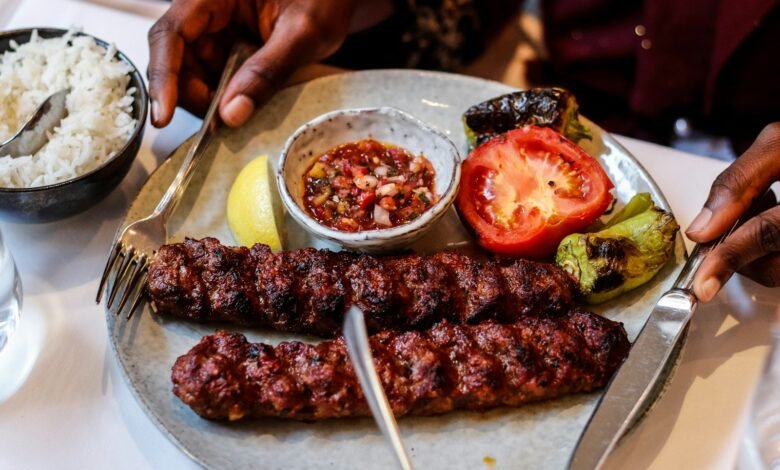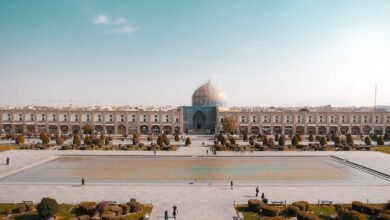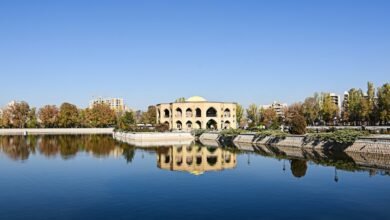
Iranian cuisine is a rich fusion of herbs, saffron, rice, grilled meats, stews, and breads, offering both flavor and cultural experience. From street snacks to traditional meals, here’s your essential food guide for traveling in Iran.
🍽️ Must-Try Persian Dishes
-
Chelo Kebab – Iran’s national dish: saffron rice with grilled meat (usually lamb or chicken).
-
Ghormeh Sabzi – Herb stew with beans and meat, tangy and aromatic.
-
Fesenjan – A rich stew of pomegranate and walnut with chicken or duck.
-
Dizi (Abgoosht) – Traditional lamb stew served with bread and herbs.
-
Tahchin – Baked rice cake with yogurt, saffron, and chicken.
-
Ash Reshteh – Thick noodle and bean soup; perfect for vegetarians.
🥙 Street Food & Snacks
-
Sambuseh (Iranian samosa)
-
Falafel and Shawarma (especially in southern Iran)
-
Roasted corn, fresh pomegranate juice, and lavashak (fruit leather)
☕ Drinks to Try
-
Doogh – A salty yogurt-based drink with mint
-
Chai (Persian tea) – Served everywhere, especially after meals
-
Saffron & rosewater drinks, pomegranate juice in markets
🛑 Food Tips & Cautions for Foreigners
-
Tap water is usually safe in cities, but bottled water is recommended
-
Pork and alcohol are strictly forbidden (legal and cultural reasons)
-
Vegetarian options are limited but can be found in stews, rice dishes, and soups
-
Always eat at busy restaurants or hotel eateries to ensure hygiene
-
Tipping is customary, ~10% in restaurants
🕌 For Pilgrims
-
Near shrines (like in Mashhad and Qom), you’ll find special halal kitchens offering basic, affordable meals for pilgrims
-
Nazri (free religious food) is often distributed during religious occasions—feel free to accept it with respect
🌿 Dietary Restrictions
-
Vegan travelers should learn basic Persian phrases or ask for:
-
Bedoon-e goosht (without meat)
-
Man giah-khar hastam (I’m vegetarian)
-
Conclusion:
Iran’s food is a cultural journey in itself. While the cuisine is generally meat-heavy, with a little planning, travelers from all backgrounds—including vegetarians and pilgrims—can enjoy it safely and deliciously.



